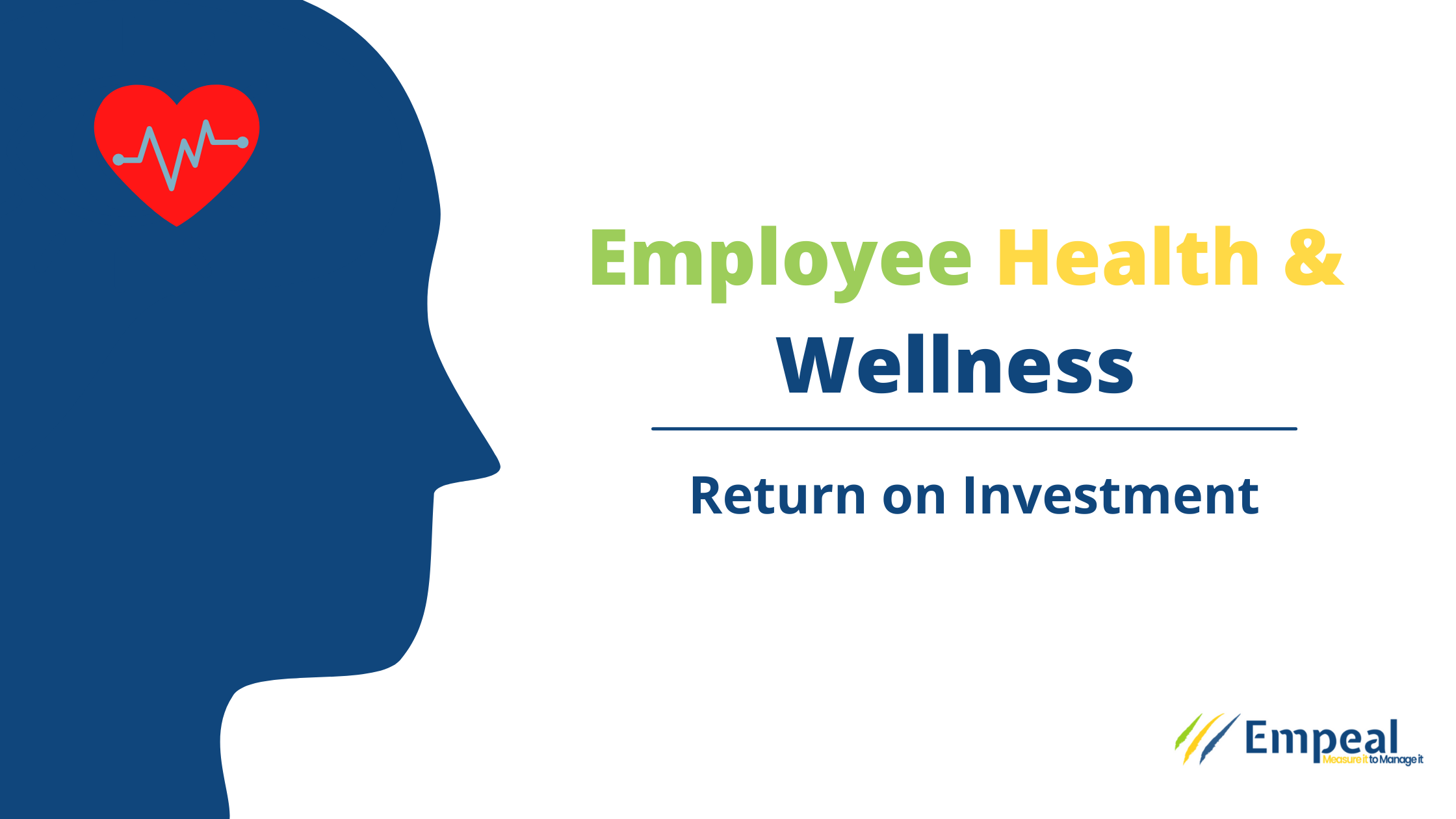Employee Wellness ROI
 5 Nov, 2021
5 Nov, 2021
Creating a healthy workplace is something employers are becoming much more aware about and are now realising the benefit of. Although companies have been increasingly investing in and implementing employee health and wellness initiatives the participation rates remain low. Figures show that although many companies offer employee assistant programs it is still clear that employees are under-utilising the services. According to a 'Gartner’s 2021 EVP Benchmarking Survey' it revealed that although 87% of employees have access to mental and emotional well-being offerings, only 23% of employees use them.
From our in-depth conversations with our clients and senior business leaders, we are seeing that in the new normal of remote/hybrid working, senior management is getting interested in gaining data to manage the health and wellbeing of their workforce. They are not only worried about the productivity of the workforce, talent retention, and attraction but also conscious of any looming crisis. Research conducted in Gartner’s ‘HR Leader’s Monthly’ revealed that 45% of well-being budget increases were being allocated to mental and emotional well-being programs. This indicates that organizations are prioritizing employee needs in this area, particularly to support employees’ mental health and emotional well-being during the COVID-19 outbreak.
Research shows that there is a strong link between employee well-being and low turnover rates. According to Mercer’s '2017 National Survey of Employer-Sponsored Health Plan', employers who create cultures of health see 11% lower turnover than employers who did little to prioritize employee well-being. It is clear from this that well-being and engagement go hand in hand. According to Forbes (2021), employees with high well-being are almost twice as likely to be engaged and enjoy their work. In addition to this, Gallup found that teams who score in the top 20% in engagement realize a 41% reduction in absenteeism, and 59% less turnover. Moreover, it has been found that well-being initiatives can boost employee engagement.
According to a 'Harvard Business Review Report' the reason for many employees not participating in wellbeing programs is due to lack of time. Out of all employees who indicated they could have participated in a physical well-being program in 2020 but didn’t, 38% said it was because they were too busy. This is particularly concerning, as those most in need of well-being support often have the least time or energy. At Empeal we understand this and encourage companies taking a holistic view to employee health and overall wellness.
From our own intensive research, we have seen that HR leaders are finding it challenging to get credible aggregated health and wellbeing data to make informed decisions. Leaders are lacking the data they need to accurately measure ROI on employee health and wellness initiatives. We believe through companies implementing a situational analysis approach this will better equip decision makers with the information they need to accurately identify employee needs and wants while improving their ROI.
References
- Forbes 2021, Employee Wellbeing, A New Perspective on ROI - HERE
- Harvard Business Review 2020, How to get Employees to Participate in Wellbeing Programs, How to Get Employees to (Actually) Participate in Well-Being Programs (hbr.org)
- Gartner, 2021, HR Leader Monthly Magazine

How Healthy are You?
Get a picture of your current health status and habits by taking our short Health and Wellbeing Check!